
views
Forging the Point
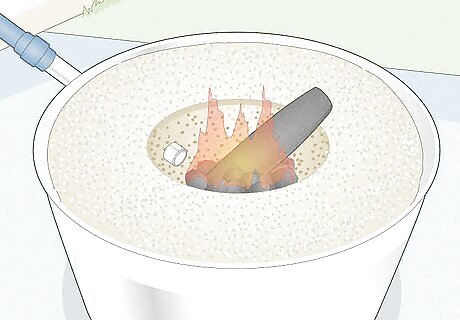
Heat the metal in a forge or your own personal metal working furnace. Proper temperature varies, but a charcoal fire with introduced air is sufficient. A piece of 01 steel will work great for this. Always wear eye protection and work gloves when you’re working with hot metal.
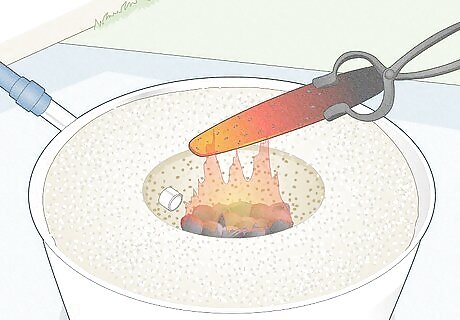
Check the color when the metal is heated. The steel should be 2,100 to 2,200 °F (1,150 to 1,200 °C), which is a straw or yellow color. Use forging tongs whenever you remove the metal from the flames since it will be very hot.
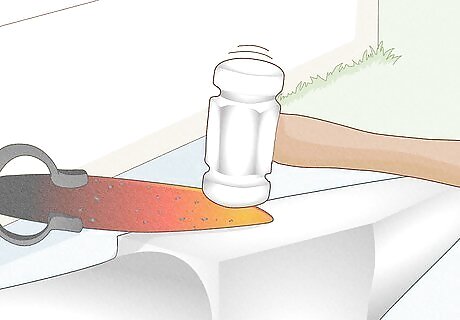
Forge the blade to a point. Place one end of the heated steel on an anvil while gripping the other end with forging tongs. Then, use a rounding hammer to beat one of the corners on the end of the hot steel into the shape of a knife point. The flat side will eventually become the cutting edge of the blade and the curved side will become the spine when you’re finished.
Flattening the Blade
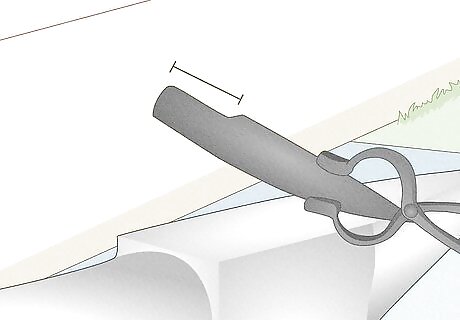
Leave room for a tang. The tang is the part of the knife that goes in the handle. Leave about 2 inches (5.1 cm) or more on the end of the steel opposite the point for the tang. Use a ruler to measure the end of the metal, then hammer a small indent where the tang will start so you have a reference.
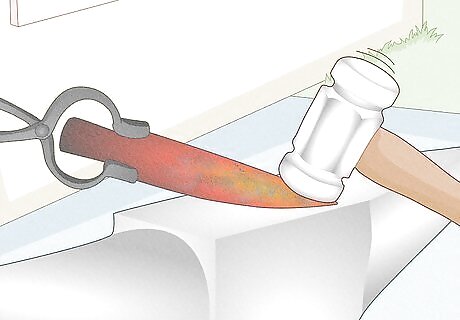
Establish a blade. Heat up the metal again. Then, repeat rows of small taps with your hammer up the blade to narrow the steel and give it a distal taper. Work on both sides of the blade to prevent it from distorting. Most knives have a distal taper, which means the blade gets thinner the closer you get to the point.
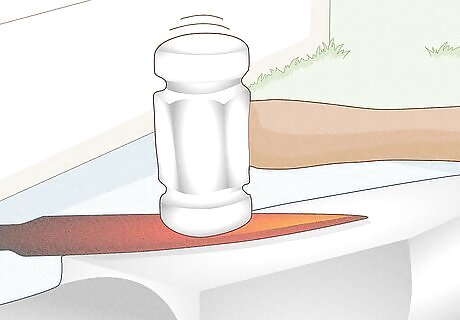
Hammer out the flat edge to make the bevels. Hammer the flat edge on one side of the blade, then flip the blade over and hammer the flat edge on the other side. Continue doing this as you work so both sides are even. Note that hammering out the bevels will cause the blade to bend back on the spine, which is normal. The bevels are the slight inclines on each side of the blade that run to the cutting edge.
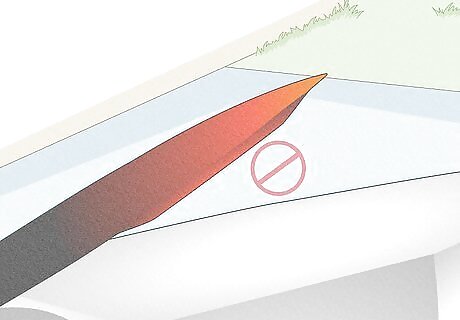
Try to keep the blade from mushrooming or bending over itself. Mushrooming and bending will cause inclusions weakening the blade. If you notice the metal folding over itself when you hammer along the cutting edge or spine, lay the blade flat on the anvil and hammer the edges back down so they’re flat again.
Strengthening and Sharpening the Knife

Anneal the knife by heating it to a red hot temperature 3 times. Let it air cool in between heatings until all of the red is gone. After the third heating, let it cool in the fire overnight. Cooling it very slowly will make it softer and easier to file.
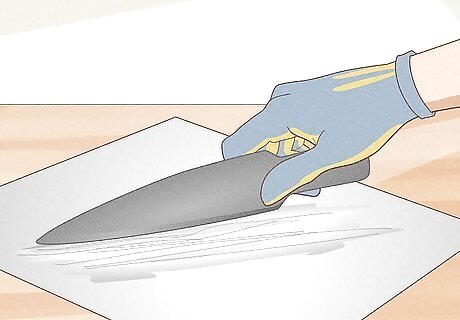
Sand the blade to shape and even up any uneven spots. Run the edges and sides of the blade back and forth over some sandpaper to smooth them out.
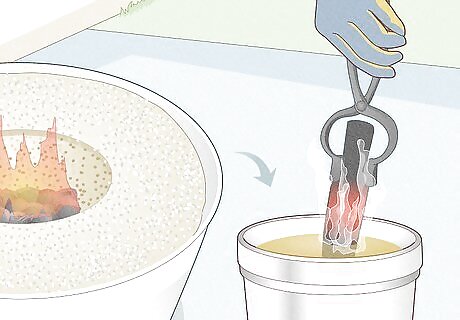
Reheat the steel and dip it in motor oil to harden the blade. Only dip the metal vertically; any angle more than a few degrees off will create bubbles around the metal, causing warping that you’ll have to reforge. Leave the steel in the oil for 30-60 seconds.
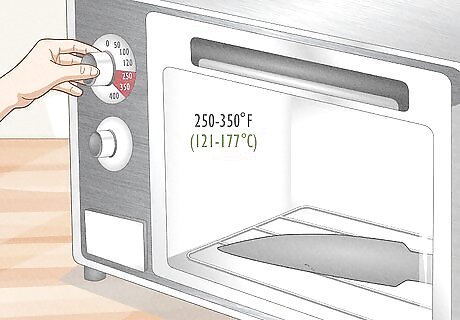
Put the knife in an oven for an hour or two at 250–350 °F (121–177 °C) to temper it. You can also leave it in a hot covered spot with a few coals, such as a makeshift brick box. Dipping the blade in motor oil makes it harder but also more brittle, which is why it’s important to temper the blade afterward. Tempering will make the blade tougher and less brittle.
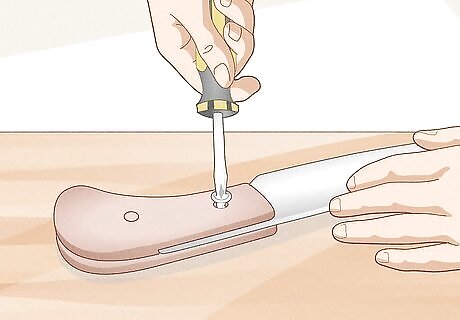
Put a handle on the knife. You can either drill holes and pin scales of wood to the tang or wrap the tang with cord or wire. You can also make the tang pointy, put it in a block of wood, and file the wood to shape.
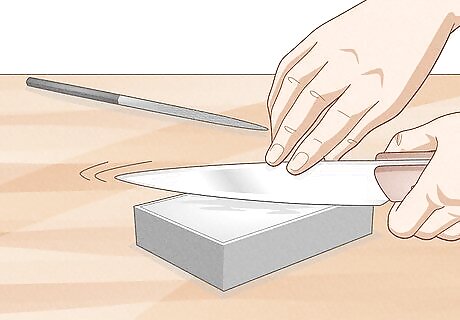
Sharpen your knife with a fine file, then with a whetstone. Finally, use a leather strop impregnated with polishing paste to remove any burrs and leave a razor sharp edge. Start with the coarse-grit side of your whetstone. Hold the cutting edge of the knife against the whetstone at a 22-degree angle and run the blade forward across the whetstone 10 times on each side. Then, repeat on the fine-grit side of the whetstone.













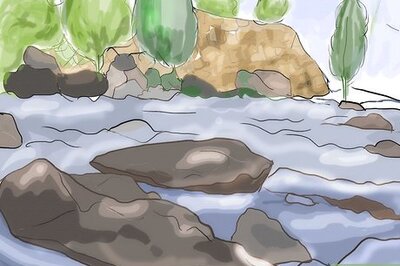


Comments
0 comment